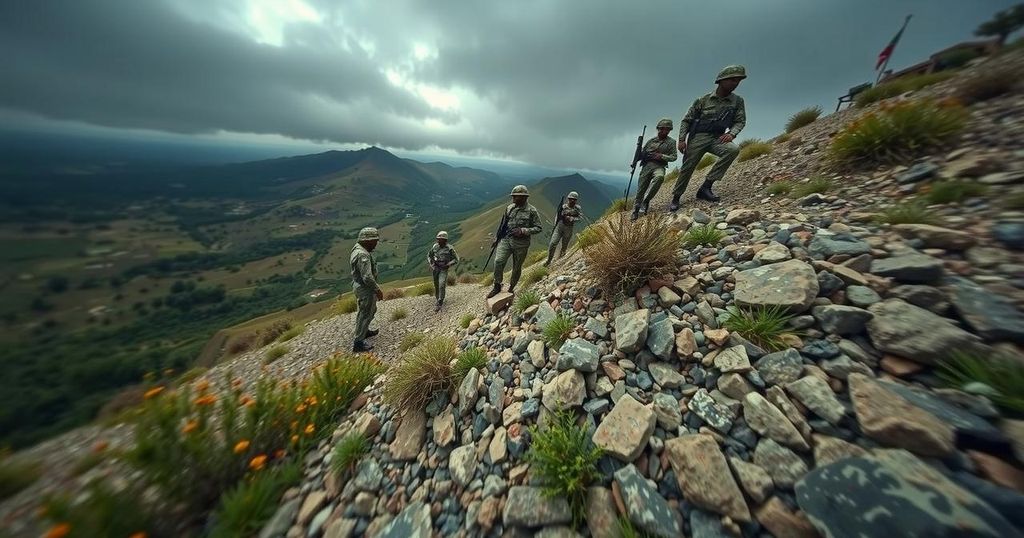Two years after the Tigray war, Eritrean forces persist in occupying border regions despite a peace agreement. Approximately 600,000 lives were lost during the conflict, which began in November 2020. The Pretoria accords did not include negotiations for the withdrawal of Eritrean troops, leaving local residents feeling abandoned and subject to occupation. The situation remains dire, highlighting the need for further international intervention.
Two years following the conclusion of the Tigray war, Eritrean forces continue to maintain their presence in contested border regions of Ethiopia. The conflict, which erupted in November 2020 and lasted for two years, resulted in a staggering death toll of nearly 600,000 individuals. Despite the Pretoria agreements aimed at halting hostilities between the Ethiopian federal government and the Tigray People’s Liberation Front (TPLF), Eritrea’s military has not withdrawn as mandated. As a consequence, civilians residing in these areas are enduring the reality of occupation, experiencing a profound sense of abandonment and helplessness amidst the ongoing turmoil. Clothilde Hazard, our correspondent in Ethiopia, provides a detailed account of the current situation on the ground. On November 2, 2022, a peace accord was established in Pretoria, South Africa, between the Ethiopian government and Tigray rebels with the objective of ceasing the relentless violence that had plagued the Tigray region. The aftermath of this conflict revealed severe humanitarian consequences, including the blockade of aid, banking services, and communication networks by federal authorities. Interestingly, the peace negotiations did not encompass the Amhara militias or Eritrean armed forces, despite their pivotal roles in the fighting alongside Ethiopian forces. The peace agreement implicitly dictated the withdrawal of foreign troops; however, Eritrean soldiers remain entrenched in various villages, exerting control over local populations and imposing their own rules. The prolonged military presence of Eritrean forces in Ethiopia’s border areas raises pressing concerns about the long-term implications for peace and stability in the region. Civilians continue to bear the brunt of this unresolved conflict, grappling with uncertainty about their future. Furthermore, the lack of accountability toward the Eritrean government’s involvement in the conflict remains troubling, highlighting the urgent need for collective international efforts to ensure a lasting resolution. Reports from local inhabitants indicate a stark contrast between the intentions conveyed in the peace talks and the reality of their current living conditions, emphasizing the uneven distribution of power and resources in the aftermath of the war.
The Tigray war commenced in November 2020, involving the Ethiopian federal government and the Tigray People’s Liberation Front (TPLF) and resulted in extensive human suffering and loss of life. The conflict led to nearly 600,000 deaths, according to the estimates by the African Union’s envoy for the region. In November 2022, a peace agreement was brokered in Pretoria, South Africa, aiming to end hostilities and restore order. However, the agreement’s implementation has been hampered by the continued occupation of Eritrean forces in contested areas, leading to significant humanitarian and stability concerns.
In summary, the aftermath of the Tigray war continues to be fraught with challenges, particularly regarding the unfulfilled promises of the Pretoria peace agreement. Eritrean forces’ ongoing occupation poses significant barriers to sustainable peace and hampers recovery efforts in the affected regions. The dire situation for local populations calls for renewed international focus and intervention to uphold human rights and restore peace, as the reality of war’s toll remains evident in the lives of those who endured it.
Original Source: www.france24.com






